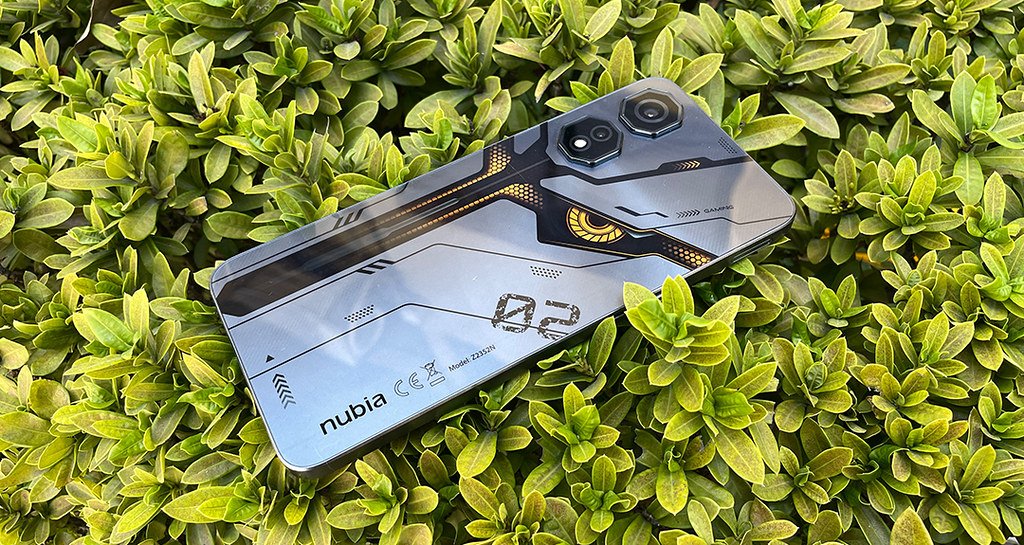If we are to look at the definition of the word “matters,” as a noun it can be described as “an affair or situation under consideration” or put simply, “a topic.” If we look at it as a verb, it’s described as being “of importance” or having “significance.” So, when we say selfie matters. We’re talking both about it being a topic of this story and being a matter of importance in our current age.
While we can’t say that everyone takes selfies, your Facebook, Snapchat, Instagram, *insert social network of choice* begs to differ. Travel photos aren’t just about the scenery, big events aren’t just about the celebration. Now, it’s important to be seen at these things. Ever heard of “pics or it didn’t happen?” One quick way to be seen is to take selfies—whether you’re alone or with a group of people. But it isn’t enough to take a grainy, badly-focused shot. You need to look great in these. And that’s where the tech companies come in.
One of those leading the charge is a name we’re taking a guess you’ve already heard of—Chinese tech company OPPO. The brand has unabashedly claimed to have started the “selfie revolution in the Philippines.” But it’s not entirely unfounded. Starting with its F1 Series, OPPO showed off how much of a “Selfie Expert” they are. Now, they’re carrying this claim on with two new class-leading smartphones—the OPPO F3 Plus and OPPO F3.
The OPPO F3 Plus made its appearance first and showing off a different implementation of the current dual-camera system trend. Instead of having dual-rear system, OPPO sticks a dual-front, wide-angle system to the front-facing camera. And it isn’t a measly setup. OPPO puts a 16-megapixel selfie camera with a 1/3-inch sensor with f/2.0 aperture and partners this with an 8-megapixel wide 120-degree angle camera.
What all these numbers mean is that the front-facing system is capable of taking clearer images, even in low light, while producing that bokeh effect you might be chasing. With a wide-angle lens that’s said to be 105 percent larger than regular 80-degree lens, you get to fit in more people or more of your background in the shot. And with a 6P lens, you’re promised shots that have less distortion. Impressive.
The F3 Plus is smart, too. It comes with a built-in Smart Facial Recognition system that detects when there are more than three people in its frame. It’ll switch from taking a selfie to a group selfie in this instance and makes sure to keep great image quality. If you’re the type to tweak your photos, OPPO packs in Beauty 4.0 image editing software so you can edit your selfies or group selfies to your heart’s content.
The F3 takes cues from the F3 Plus in this regard. You also get an impressive front-camera setup with all these features. Where the two smartphones differ in terms of camera setup is at the rear. The F3 Plus gets a 16-megapixel customized 1/2.8-inch Sony IMX398 sensor, while the F3 gets a 13-megapixel 1.28-inch sensor. The F3 Plus comes with dual-phase autofocus to boost focusing and an f/1.7 aperture to help take sharp shots. The F3 has phase detection autofocus, too. And like the F3 Plus has optical image stabilization and LED flash. Both can shoot in 4K but that’s without OIS.
Now, when it comes to the hardware of the devices, there is a bigger difference. The F3 Plus packs in a Qualcomm Snapdragon 653 octa-core with Adreno 510 GPU, while the F3 is powered by a Mediatek MT6750 processor with Mali-T860MP2. The former also has a bigger display with a 6-inch Full HD screen and the latter sporting a smaller 5.5-inch Full HD display. In terms of RAM, both offer 4GB and both have 64GB internal storage. Both offer added security with built-in fingerprint sensors and run on Android 6.0 Marshmallow. No USB Type-C here yet, though. But we keep our fingers crossed (and ready) that this’ll appear in future OPPO devices.
Where the F3 might trump the F3 Plus is in the external storage department. The F3 gets a dedicated microSD slot on top of its dual nano SIM tray, while the F3 Plus has to use one of the two nano SIM slots. However, the F3 Plus can hold more storage than the F3. The former is able to hold up to 256GB more than the latter’s 128GB limit. In the end, it’ll depend if you need to have the extra SIM option and settle for lesser storage or if you need more storage and can do away with a spare SIM slot.
They don’t stray too far away from each other in terms of design. Sleek metal unibody designs adorn the phones, giving them an elegant, eye-catching look. OPPO’s implementation of an ultra-fine six-string antenna at the rear gives them a unique take on the bands and hardly making them visible when looking at the phones from behind.
When it comes to battery, the F3 Plus, of course, one-ups the F3 with its 4,000mAh battery capacity over the F3’s 3,200mAh battery. But with a bigger display, the F3 Plus might not have that much of an advantage over the F3. That’s something our testing of both devices will confirm (which you should watch for in the coming issue).
Both devices are built as selfie experts. That’s certain. And as you’ve seen above, they aren’t exactly slouches in other respects either. What OPPO brings here, aside from the assertion that selfies matter, is that you get options. And it doesn’t feel like you’ll lose out on either. If selfies are important to you and a selfie expert is what you want, then that’s just what you’ll be getting.
















